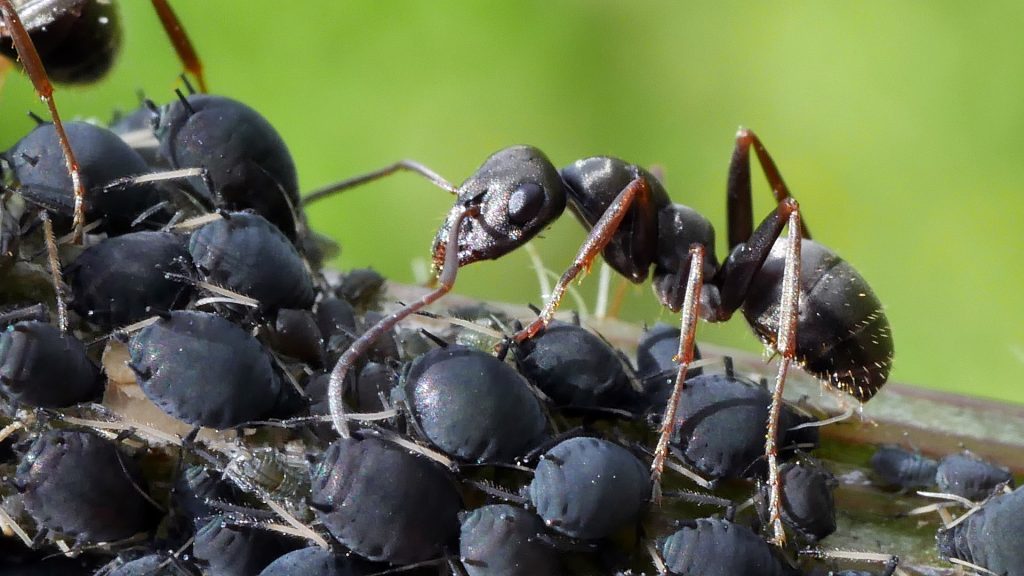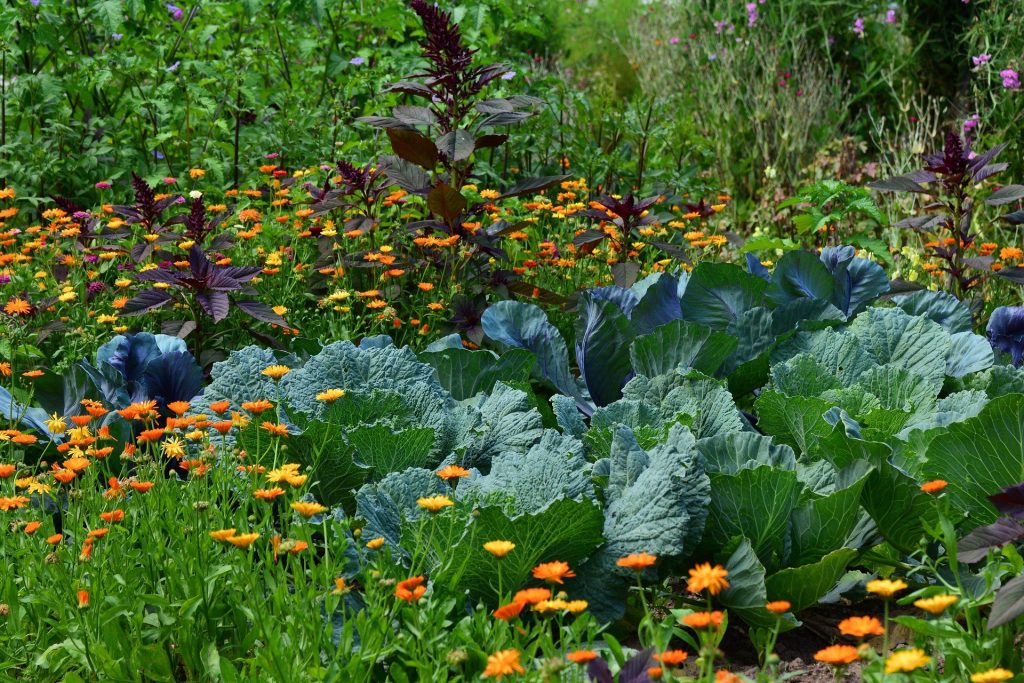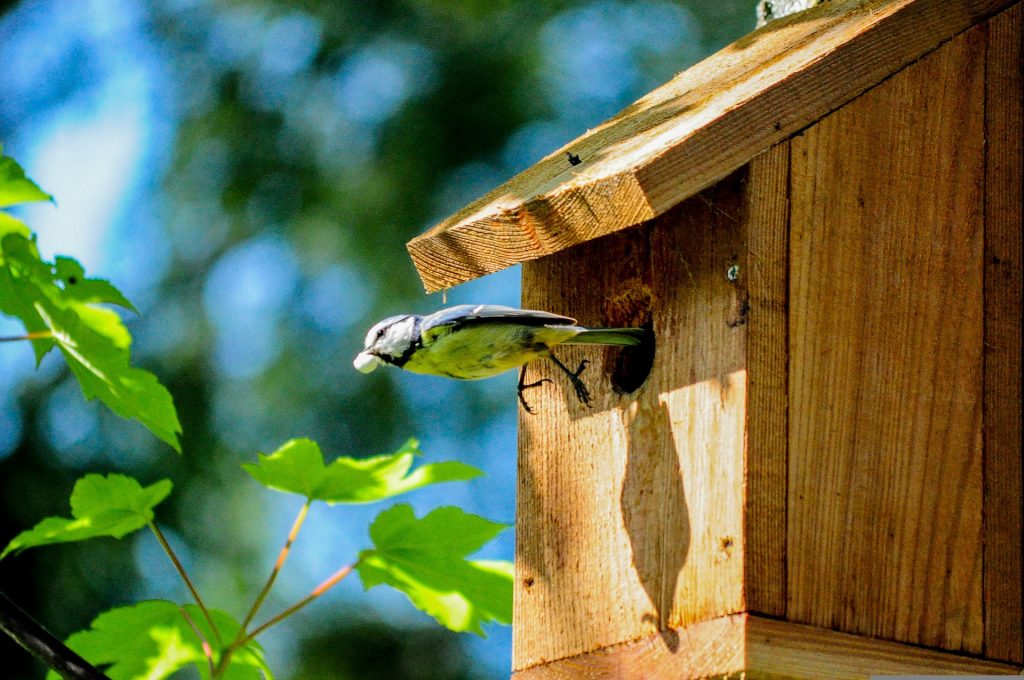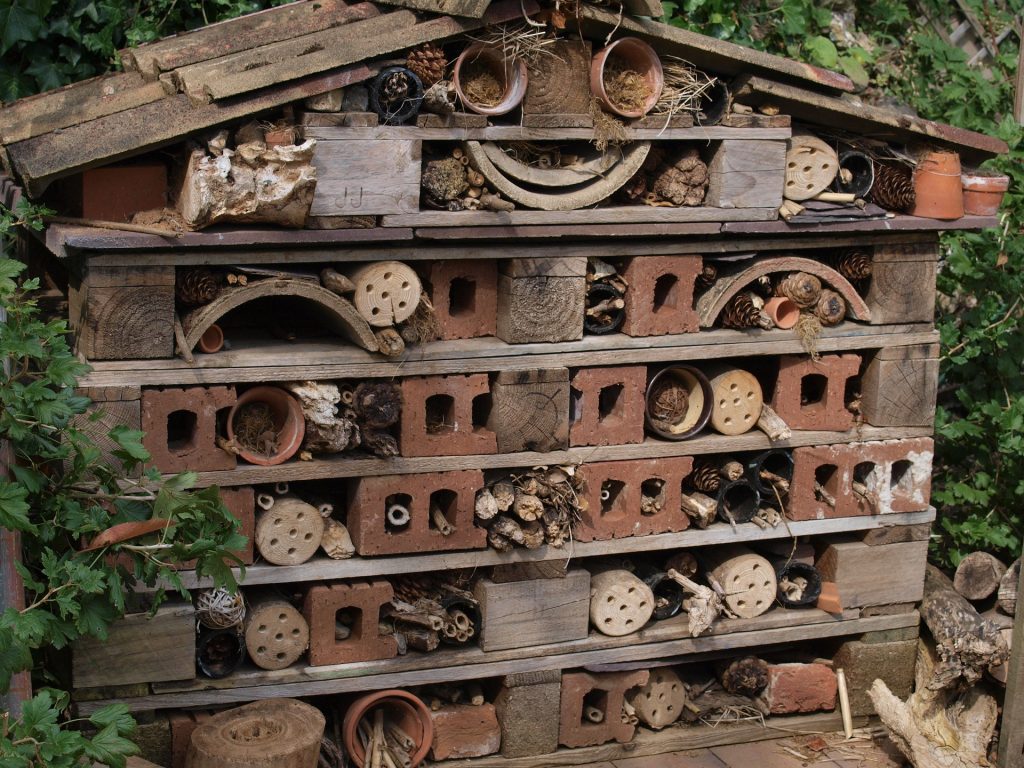Affiliate disclosure: As an Amazon Associate, we may earn commissions from qualifying purchases
When you grow your own fruits, vegetables, or flowers in a garden, one of the most significant challenges you will face is dealing with pests. Pests will happily eat all of the plants in your garden if you give them the chance. We are frequently asked how we are able to keep pests at bay without having to resort to the use of harmful pesticides and without spending large amounts of money. Throughout this article, we will provide you with some helpful hints and tips on how to get rid of unwanted pests and how to do it cheaply.
Contents
What is the cheapest way to keep pests out of your garden?
The cheapest and most effective way to keep pests out of your garden is to make it a natural habitat where different kinds of wildlife can thrive. This can be done with companion planting, installing bird feeders, bug hotels, and possibly even a small pond or water feature. The development of a natural habitat will attract predatory animals and insects, such as birds, spiders, and ladybirds, which will help get rid of unwanted pests.
Another advantage to making your garden wildlife-friendly is that you won’t have to use harmful pesticides or herbicides, which can be deadly to beneficial insects like bees and butterflies. These insects are pollinators and are essential to the health of our ecosystem. They also act as a food source for other predators, keeping the life cycle going.

What is companion planting?
The idea behind companion planting is to put together groups of plants that are beneficial to each other in some way. Some plants have a natural insect repellent, and having these plants in the garden will repel pests and discourage them from moving in. However, if you already have a large pest population, you can plant some less desirable plants that you don’t mind the pests eating. It might seem counterintuitive, but if you do this, the pests will eat the plants that are less desirable, and the more desirable plants will thrive.
What plants are good for companion planting?
- Allium – (onions, chives, garlic, shallots) Plant them near rose bushes, fruit trees, carrots, lettuce, tomatoes, and broccoli. Allium deters aphids, weevils, moles, and fruit-tree borers. It also protects against powdery mildew, black spot, and aphids on roses.
- Basil – plant close to tomato or asparagus plants. It controls the population of tomato hornworms and asparagus beetles, as well as aphids, flies, mosquitoes, and spider mites.
- Coriander – the use of coriander helps all vegetables because it repels aphids.
- Marigold – plant it near tomatoes, potatoes, aubergines, and roses. It protects against a diverse array of pest insects.
- Sage – plant it near other vegetables, including carrots. It protects against pests such as carrot flies, cabbage moths, and ticks.
- Radish – you can plant some radish seeds in addition to the vegetable seeds that you sow directly in the garden. Radish grows quickly, and insects that eat it get used to the taste, so they won’t eat your more important seedlings.

How well do birdhouses work?
Bird houses work well if you put them in the right spot. Try to think about where birds would naturally make their nest and try to put it in a similar location. You’ll have successful nesting every year, and sometimes even twice or three times in a single year if you get the location right. Keep in mind that birds that naturally nest in crevices are the only ones that will use birdhouses to nest in them. You can find some really nice birdhouses available for purchase, but building your own will be the cheapest option as you can usually find free wood on market place. A simple box will do just fine as a birdhouse; there’s no need for it to be elaborate or ornamental in any way.
How to build a birdhouse
You will need to construct your birdhouse with certain specifications in mind. It must be appropriate for the birds you wish to attract and provide adequate defence against any potential predators. It is essential to have accurate measurements, particularly of the diameter of the hole. The hole will range in size depending on what type of bird you want to attract, but it must be at least 125 mm higher than the floor of the nest box. This will stop the babies from falling out of the nest or being snatched from inside.
You are free to use any kind of timber you like to construct your birdhouse as long as it is around 15 mm thick. It is also fine to use timber that is weatherproof. But you shouldn’t use pressure-treated wood because it can leak chemicals that can hurt the birds that live in it. For full measurements, you can check out this pdf from the RSPB.

What is a bug hotel and what is its purpose?
A bug hotel is exactly as the name suggests, a hotel for bugs and insects to live in. When it’s built right, a bug hotel can be a home for many different kinds of animals, like hedgehogs, toads, solitary bees, bumblebees, ladybirds, and woodlice. You can construct your bug hotel at any time of the year. However, autumn is likely when you will have the greatest availability of natural materials such as straw, dried grass, and hollow plant stems.
How to build a bug hotel
You are going to need a framework that is strong and sturdy. Ideally, it should be no taller than one metre. Used wooden pallets are an excellent choice for a bug hotel because they are strong and already have gaps in between the boards. Pallet bug hotels also make great homes for small animals like mice and hedgehogs. If you are short on space, you can cut one pallet into four parts and stack them on top of each other.
To begin with, find some old bricks and place them on the ground so that they form the corners of your bug hotel. On top of bricks, add three or four wooden pallets to create a layered effect. Start by filling the spaces in the pallets with natural materials such as dry leaves, sticks, and straw. Try to make lots of nooks and crannies that insects will want to live in.

- Creepy crawlies like beetles, centipedes, spiders, and woodlice find decayed wood and loose bark to be an ideal habitat.
- Entice lacewings by adding ripped up corrugated cardboard.
- Use bamboo, reeds, or logs that have been drilled to make holes for solitary bees.
- Stones and tiles can be used to make larger hiding places for frogs and toads, which will provide a cool, damp environment for them to live in.
Once you have the bug hotel set up the way you want it, you can cover the top layer with a piece of old felt and place some old tiles or slate on top to create a roof. Adding a roof will help to keep the rain out and allow your bugs to flourish inside. Scatter some wild seeds around the bug hotel and wait for the bugs to move in. All of the things you need to make the bug hotel can be picked up for free or cheap. However, you don’t need to make your own; you can purchase them relatively cheaply.








